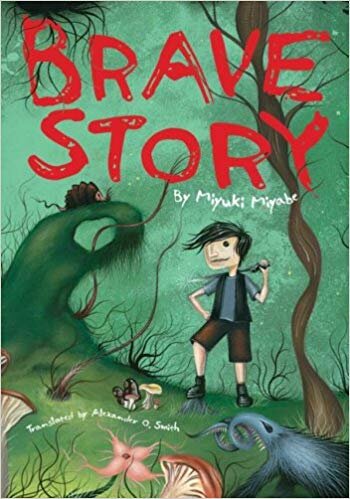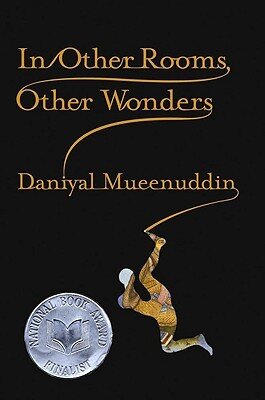Sea of Poppies by Amitav Ghosh (John Murray)
Sea of Poppies by Amitov Ghosh is truly a story of epic proportions. It is the first volume in the Ibis trilogy and was published in 2008. The story continues in River of Smoke, published in 2011 and concludes in Flood of Fire published in 2015. The initial story is set prior to the First Opium War between the Great Britain and China in a time when Britain’s East India Company was trading opium made in Bengal, a part of the Indian sub continent (currently Bangladesh), to China.
The trilogy is named after a ship called the Ibis. A former slave-ship which was being refitted in Calcutta to accommodate the coolies who were to be transported to Mauritius, coolies being indentured laborers. The ship’s new owner is Benjamin Burnham, an evangelist and a prominent player in the opium trade. Aside from Burnham, he main characters who wind up on the Ibis are an ordinary Indian woman and the man who saves her from certain death, an american sailor with a secret, a disgraced Rajah, and a Chinese opium addict.
Deeti is a housewife and mother. She is married to a crippled husband who works at the local opium factory. Deeti discovers that she was drugged with opium by her mother-in-law on her wedding night and was raped by her husband’s brother. She never tells her daughter, Kabutri, the truth about who her real father is. Deeti’s husband dies and fearing what her husband’s family will do to her daughter, she sends Kabutri to live with her relatives. The brother who raped her says demands Deeti to marry him but she refuses and chooses sati (ritual of self immolation on her husband’s funeral pyre) before succumbing to her brother-in-law’s wishes. On the day she is to perform the sati, she is saved by a lower caste man named Kulua. They both escape and find passage on the Ibis.
Zachary Reid is an American who is the son of a white father and a quadroon mother. He had joined the crew of the Ibis on its first journey from Baltimore to Calcutta. In a series of mishaps on the sea, many of the senior crew are lost and Reid finds himself quickly rising in rank. Once he sets foot in Calcutta, he is treated as gentry and is offered the job of second mate on the Ibis’s next voyage, transporting coolies to Mauritius!
Neel Rattan Halder is the rajah of Raskhali and also the ruler of the zamindars (Indian property owners). Halder has run up a huge debt and is unable to pay it back. Burnham says he can settle his debts by giving up his zamindary (property owned and governed by the rajah) but Halder refuses. Halder is then accused of forgery and is sent to trial, loses his case and is sentenced to spend seven years in Mauritius.
Paulette is a French orphan who grew up with her unconventional father and feels more comfortable in a sari than western clothes. Mr. Burnham had taken Paulette in after the death of her father and frowns on her love Indian culture. As Paulette gets older, Burnham is pressuring her to marry his friend, an older man named Kendalbushe. We also discover that Burnham has a perversion of his own which he as Paulette satisfy. Fearing for her future, Paulette decides to run away and manages to gain passage on the Ibis.
Finally, we meet Nob Kissin Baboo, a man who is the catalyst that will set many actions in motion aboard the Ibis. He works for Mr. Burnham as an overseer and believes that Zachary Reid is the incarnation of Krishna.
The prose flows smoothly although you may have to look up some terms which may be unfamiliar if your knowledge of colonial British India is limited. You will be exposed to words such as zamindar, zamindary, rajahs, sepoys, and lascars which you may have to look up on your own, but it does not effect the story. This book has everything you can hope for in an epic - high adventure, love, romance, and betrayal, loyalty and trust and the pursuit of a happier life. ~Ernie Hoyt



















